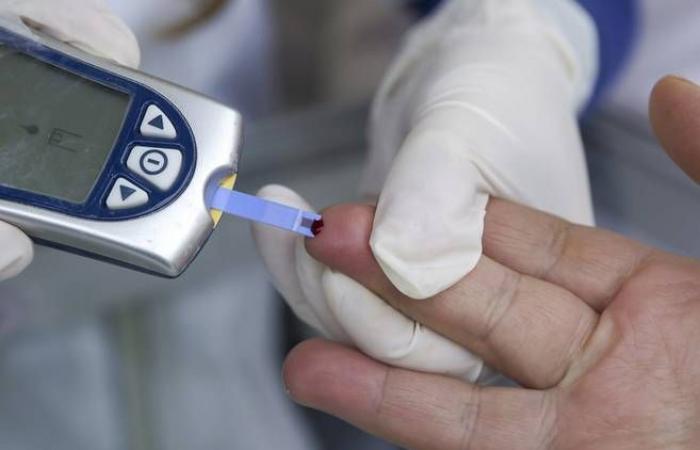Published Wednesday, the report from coroner Kathleen Gélinas focuses on the death of a 49-year-old man on September 28, 2022. The man was living with diabetes diagnosed on April 29, 2022.
This diagnosis was made at the Val-des-Sources hospital center. It was only 39 days after the diagnosis, i.e. June 8, 2022, that a first follow-up was carried out with the man in question.
Then begins a veritable waltz of stakeholders who, for administrative reasons, are unable to provide care and services to the patient.
The Val-des-Sources nurse who did the first follow-up cannot ensure that the man receives services, as he lives in Val-Saint-François.
Over a period of several months, his file will have been in the hands of at least three nurses. They have, in several respects, tried to help the patient by referring him to other professionals or by taking steps to try to resolve administrative impasses.
However, the delays between follow-ups were often measured in weeks.
The patient should have, from the start, been taken care of by teams from the CHUS. (Jean Roy/Archives La Tribune)
During this time, the man’s condition deteriorated: glucose levels almost three times too high due to poor monitoring of his diabetes, severe malnutrition and persistent diarrhea.
From the start, it was decided that the patient should be followed at the CHUS, in endocrinology and at the diabetes clinic.
Shortly after the initial diagnosis, the Val-des-Sources nurse requested a transfer to the CHUS. However, this had to be requested by a doctor. However, this revelation was only made in August, to another nurse.
The latter managed to obtain an appointment with a doctor at the CLSC in Windsor on September 1st. Faced with a “very precarious” patient, the doctor contacts his internal medicine colleagues at the CHUS to request a consultation for the patient.
He nevertheless encountered a categorical refusal from the internist present, who sent him a message on September 7 asking him to tell his patient to contact the endocrinology unit himself for an appointment.
The Windsor doctor then contacted the internist himself by telephone, who reiterated his refusal due to an overload of patients.
At the same time as all these steps, the man presented himself to the emergency room of the Hôtel-Dieu in Sherbrooke at the beginning of September, where he would be hospitalized until September 17.
When he is discharged, he is told that close monitoring of nutrition, in particular, will have to be carried out. A nutritionist was assigned to his case on September 19, but would not contact him until October 3, almost a week after his death.
The report fully detailing the patient’s meandering journey can be found here.
Better support
Despite the complexity of the case and the many stakeholders involved, the coroner summarizes the case quite simply: “rapid treatment and regular monitoring of diabetes would have made it possible to avoid the deterioration of the state of health [du patient] and ultimately his death.
“We would be tempted to believe that [le patient] was abandoned. I cannot be so affirmative. I note that several stakeholders and care professionals have increased the number of approaches and interventions […]not stopping at a refusal from other speakers,” writes Me Gélinas.
But, despite all the “dedication of these people”, the “long treatment times as well as administrative constraints largely contributed to the death” of the man, she adds.
Saying she recognizes the “glaring lack of personnel” in the health network, Coroner Gélinas does not wish to “increase the titanic task of the staff who work in the network”.
She nevertheless wonders why a doctor’s referral is absolutely necessary to consult the “expressly trained clinical nurses” on diabetes at the CHUS diabetes day center.
“If we cannot contact these professionals, in an emergency, who should we contact?” asks the coroner.
She also wonders about the internist “who had no desire to listen to an urgent case from a colleague”.
“Taken in isolation, these are elements which may not seem serious, but taken together, for a single patient whose condition is deteriorating, they are of great importance,” notes the coroner.
To this end, Me Gélinas made five recommendations to the CIUSSS de l’Estrie-CHUS. In particular, she asks that the establishment review the file to ensure the quality of care that was provided to the patient in question.
She also calls for immediate treatment in the case of a diagnosis similar to that of the deceased man and easier access to diabetes professionals, when contacted by other professionals.
The coroner also recommends better education about diabetes to users who suffer from it and a review “without delay” of the coverage of services surrounding diabetes at the CIUSSS.
Asked on Tuesday afternoon to detail its response to these recommendations, the CIUSSS de l’Estrie-CHUS did not provide a response within the deadline for drafting this text.






